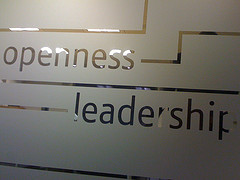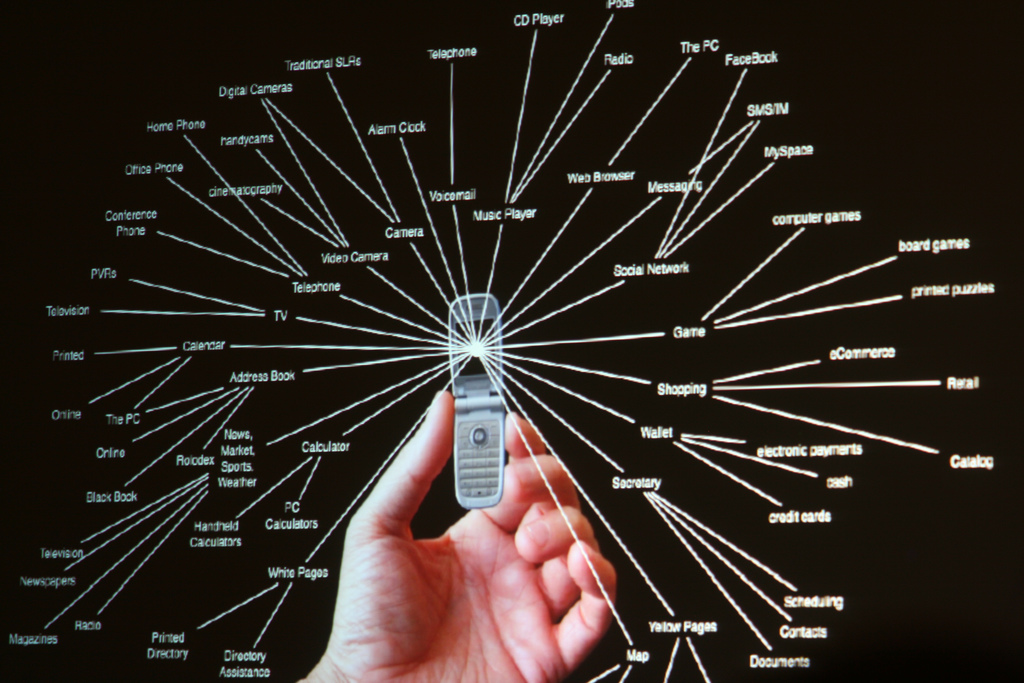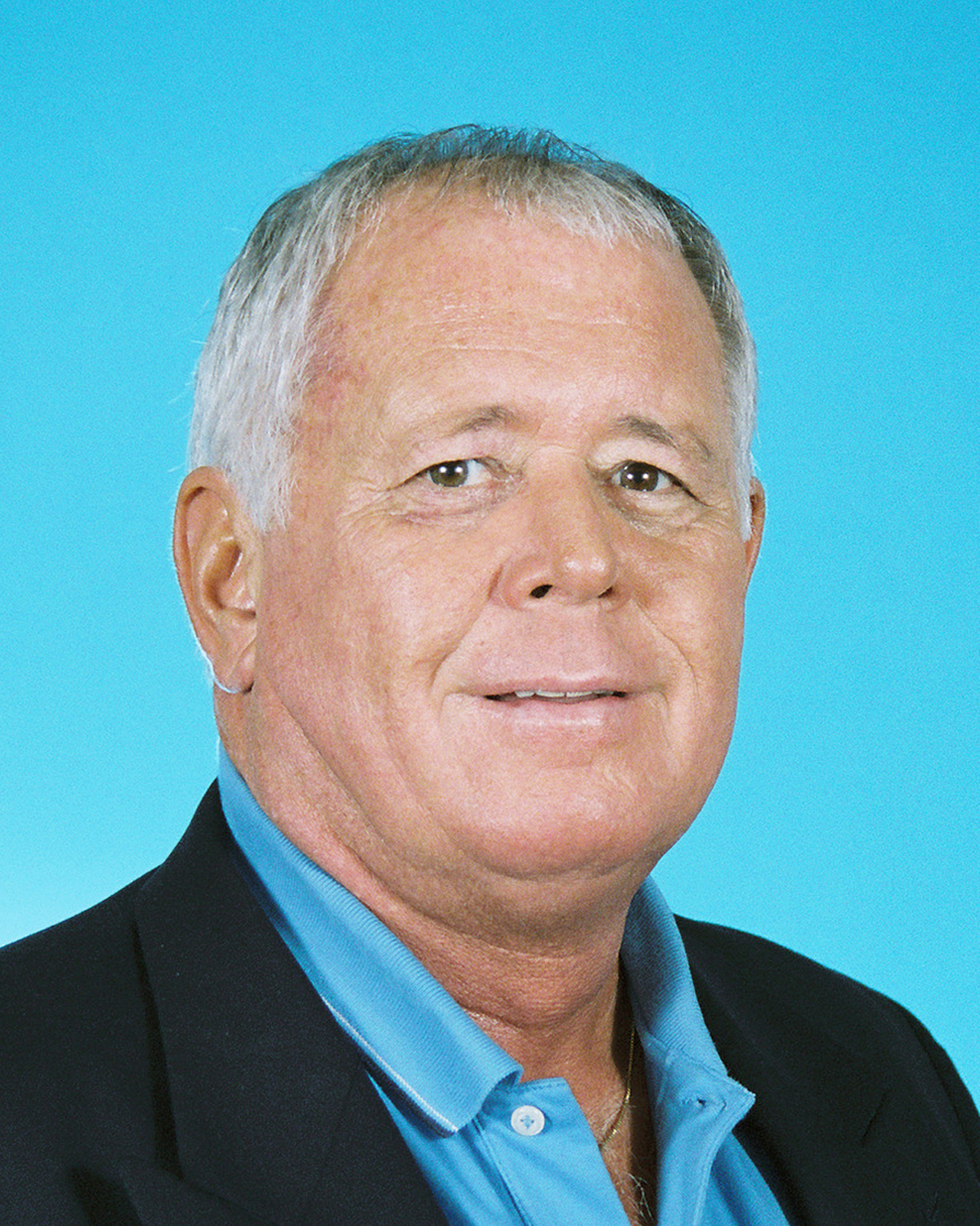|
|
|
Friday, June 22nd, 2018

A Friday series exploring Startups and the people who make them go. Read all If the Shoe Fits posts here.
It’s almost impossible to find a company, let alone a startup, that doesn’t swear by agile product development.
But what about applying agile for to other areas, especially other human areas? Specifically, bosses.
We’ve all heard bosses at all levels blather on about creating an agile organization and being an agile leader, but seen little proof they are accomplishing it.
Ever wonder why?
To embrace agile bosses themselves often need to change.
So, while the answer is simple, implementation is not.
As Steve Denning said in 2016, Agile Is A Mindset, Not A Methodology; a few months later he did an excellent job explaining agile beyond its roots.
Consider the basic tenets of agile
- Openness. Be receptive to feedback on your own behavior and activities.
- Trust. Feel comfortable that not everything will be planned; let trial and error show the right direction.
- Collaboration. Go for the greater good of the company, which is not necessarily good for a particular unit.
- No Ego. Have everyone speak with one voice—as an organization.
- Transparency. Call out those unwilling to change or to reflect the “new world.”
- Accountability. Hold one another accountable.
Bosses whose preferred management style runs to command and control, ignore it and hide, benign neglect, or combinations thereof dictated by events are not only uncomfortable with agile, but downright resistant to it.
No one is saying that agile is perfect, but refuting the standard objections is pretty easy.
All of this is just more proof of the accuracy of my company’s tagline: To change what they do change how you think.
Image credit: HikingArtist
Posted in Communication, Culture, Personal Growth | No Comments »
Thursday, March 6th, 2014

Many founders talk about the desire to build truly open cultures.
Then they start adding exceptions and caveats, especially when it comes to compensation—whether dollars or stock.
Sharing compensation information is usually discouraged and discussing stock options or salary may even be considered a firing offense.
While there are startups opting for openness, what happens over time?
Based on Whole Foods nearly 30-year trial salary openness can work.
Whole Foods co-CEO John Mackey introduced the policy in 1986, just six years after he co-founded the company. In the book, he explains that his initial goal was to help employees understand why some people were paid more than others. If workers understood what types of performance and achievement earned certain people more money, he figured, perhaps they would be more motivated and successful, too.
It takes solid planning and a culture with a real commitment to transparency and developing people over time to make it work.
By making it’s financials, including profitability, available to all it employees, so they could see not just what everyone was paid, but where else the money went, Whole Foods created a true feeling of ownership along with the knowledge that promotion was available and the support to make it happen.
The company’s openness even drew recognition from the Federal Government.
In fact, in the late 1990s the widespread availability of so much detailed financial data led the SEC to classify all of the company’s 6,500 employees as “insiders,”
Building openness into your culture requires support and full buy-in from your senior staff.
And that means being willing to pass on people who have the right skills, but not the right attitude.
Flickr image credit: Paul Downey
Posted in Compensation, Entrepreneurs, Stock Options | No Comments »
Friday, December 27th, 2013
A Friday series exploring Startups and the people who make them go. Read all If the Shoe Fits posts here
 I probably sound cynical, but I do get tired of listening to founders talk about the openness, honesty and authenticity of their culture even as they go to great lengths to protect their salary and stock grant information, hiring criteria and customer interaction information. I probably sound cynical, but I do get tired of listening to founders talk about the openness, honesty and authenticity of their culture even as they go to great lengths to protect their salary and stock grant information, hiring criteria and customer interaction information.
Discussing salaries and/or stock grants is grounds for termination in many companies
Google is notorious for killing blogs on Blogger with no warning and no explanation except that they violated the TOS, but offering no specific information as to what the violation was or responding to the blog owner’s queries.
If you choose to talk the openness approach, then you should read up on a CEO who truly walks it.
In a post on Buffer’s Open blog, CEO Joel Gascoigne reveals his salary along with the salary of every single employee in the company, and includes the formula the company uses to get to each one.
Image credit: HikingArtist
Posted in Compensation, If the Shoe Fits | 1 Comment »
Wednesday, May 7th, 2008
Image credit: jajah

Be sure to visit my other WW leader/manger – two halves of the whole
Posted in Wordless Wednesday | No Comments »
Monday, April 14th, 2008
Image credit:Ken Meador
If you have a soapbox you’ll understand the thrill that comes from finding others who have the same one.
My soapbox is corporate culture and those who walk their talk (AKA practice what they preach) and I just read about another guy ensconced on that box.
 His name is Ken Meador and his company is $14 million/ 52 employee TWR Lighting Inc. His name is Ken Meador and his company is $14 million/ 52 employee TWR Lighting Inc.
To start with, he agrees with a passionate belief I’ve pushed for more than two decades—having everyone in the company involved in interviewing candidates.
“It educates people about how to interview. Eventually, they are going to grow up and take over positions, and they need to go through this process for professional reasons. It also gives them a sense of ownership. They know that they are empowered and that their opinion means something.”
Yes!
Authority and responsibility go hand in hand.
“I’m a firm believer in explaining to people what my expectation is. How they do that and how they utilize their resources with other people to achieve that expectation, that’s part of learning and becoming more self-reliant. That’s part of empowering them. When I don’t tell them how to do that, I’m allowing them to work at their own pace and to really think outside the box on their own. That’s what creates really influential employees who learn from their mistakes and move on.”
Yes!
Secrets kill culture; everyone in the company should know the good, the bad and the ugly.
“How you create that culture comes down to beating a steady drum, creating openness and having candor. I’m not afraid to discuss problems with my employees any more than I’m glad to give them the good news.”
Yes!
I’ve preached this ’till I’m blue in the face and some still don’t get it.
“I manage a lot by walking around…That familiarity helps level the playing field…Anything that will help build camaraderie and an openness so that they know my door is always open for them and, even as president, they can come talk directly to me if they so desire.”
Yes!
Finally, a public declaration of both business and cultural mission with one line that really stands out.
“How we accomplish our mission is as important as the mission itself.”
Now the big question—does all this culture and empowering stuff pay off?
Seems like it—revenues increased $4.5 million between 2004 and 2006 among other things.
Want to hear more direct from the horses mouth? Ken shared some of his thoughts on TWR and business over at Leadership Turn today and agreed to share more of his MAP (mindset, attitude, philosophy™) in the future here as his time permits, so stay tuned.
What does your corporate culture soapbox look like?
Posted in Business info, Communication, Culture, Hiring, Leadership, Retention | 1 Comment »
|
 Subscribe to
Subscribe to
MAPping Company Success
About Miki 
Clarify your exec summary, website, etc.
Have a quick question or just want to chat? Feel free to write or call me at 360.335.8054
The 12 Ingredients of a Fillable Req
CheatSheet for InterviewERS
CheatSheet for InterviewEEs™
Give your mind a rest. Here are 4 quick ways to get rid of kinks, break a logjam or juice your creativity!
Creative mousing
Bubblewrap!
Animal innovation
Brain teaser
The latest disaster is here at home; donate to the East Coast recovery efforts now!
Text REDCROSS to 90999 to make a $10 donation or call 00.733.2767. $10 really really does make a difference and you'll never miss it.
And always donate what you can whenever you can
The following accept cash and in-kind donations: Doctors Without Borders, UNICEF, Red Cross, World Food Program, Save the Children
*/
?>About Miki
About KG
Clarify your exec summary, website, marketing collateral, etc.
Have a question or just want to chat @ no cost? Feel free to write
Download useful assistance now.
Entrepreneurs face difficulties that are hard for most people to imagine, let alone understand. You can find anonymous help and connections that do understand at 7 cups of tea.
Crises never end.
$10 really does make a difference and you’ll never miss it,
while $10 a month has exponential power.
Always donate what you can whenever you can.
The following accept cash and in-kind donations:
|






 I probably sound cynical, but I do get tired of listening to founders talk about the openness, honesty and authenticity of their culture even as they go to great lengths to protect their salary and stock grant information, hiring criteria and customer interaction information.
I probably sound cynical, but I do get tired of listening to founders talk about the openness, honesty and authenticity of their culture even as they go to great lengths to protect their salary and stock grant information, hiring criteria and customer interaction information.
 His name is
His name is 
